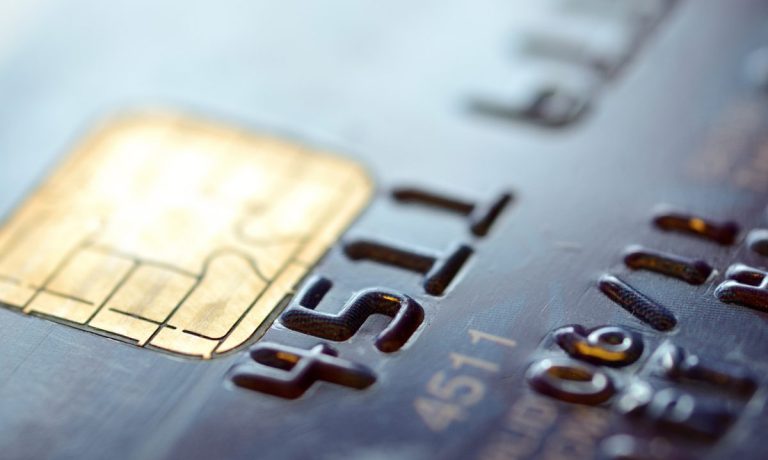
Financial services firms’ earnings suggest paycheck-to-paycheck consumers are straining to manage credit card debt.
PYMNTS data found that paycheck-to-paycheck consumers are more than three times as likely as their peers to revolve credit card debt and carry higher monthly balances overall. The average credit score for all consumers who live paycheck to paycheck is 664, which places them firmly in the “prime” category. The consumers struggling to pay their bills each month have a below-average credit score of 613, which is subprime.
The commentary from several banks and lenders through the past few weeks show a general theme: Credit trends are “normalizing.” In other words, they’re returning to seasonal trends in terms of credit use, credit access and paydowns.
Normalization may not necessarily be a bad thing. But in the wake of the pandemic, consumers built up stimulus-padded cash cushions, which are now being deflated by drawdowns in a bid to counteract inflation. Delinquency rates are on the rise, according to some management commentary on earnings calls, and the trends bear watching.
During Discover Financial’s earnings call, Chief Financial Officer John Greene noted that “the entire portfolio” is normalizing, and management noted that the company had, during the pandemic, stopped underwriting near-prime and lower-prime loans, focusing on upper prime during that time frame.
In the most recent metrics on the card portfolio, Discover Financial said the net charge-off rate of 2.37% was 87 basis points higher than the prior year and 45 basis points higher sequentially. There’s been “mild deterioration,” per commentary on the call, which has been driven by inflation. At the moment, Greene said, “among our core prime revolver segment, we don’t see evidence of broader stress given the robust labor market.”
But looking ahead, guidance stated that net charge-offs will increase to between 3.5 to 3.9% in 2023.
During Synchrony’s earnings call, when asked by an analyst about the relative health of the low-end consumer versus prime, CEO Brian Doubles said, “internally, we certainly talk about a K-shaped recovery. I think we’re certainly seeing that play out. The consumer is still healthy,” and they still have savings. But the macroenvironment is still uncertain, and much depends on where inflation goes.
CFO Brian Wenzel noted on the call that “the lower-end consumer has been normalizing at a faster rate, both from a payment rate behavior standpoint, as well as a delinquency and charge-off standpoint. And as you continue to move away from the pandemic and stimulus, you begin to see the other cohorts, which are the prime and super prime, which had already started to normalize.”
The company-wide delinquency rate was 3.7% compared to 2.6% last year, and Synchrony’s 90-plus days delinquency rate was 1.69% versus 1.2% in the prior year. The fourth quarter net charge-off rate increased to 3.5% from 2.4% last year.
Among the biggest banks, J.P. Morgan serves as a bellwether, and CFO Jeremy Barnum noted on an earnings call that “cash buffers for both consumers and small businesses continue to slowly normalize, with lower income segments and small businesses normalizing faster. Consumer cash buffers for the lower-income segments are expected to be back to pre-pandemic levels by the third quarter of this year.”
That commentary signals continued pressure on managing the monthly credit obligations, especially among paycheck-to-paycheck consumers. The bank’s card services net charge-off rate in the most recent quarter stood at 1.6%, up from 1.4% in the third quarter and just under 1.3% a year ago.
In another signal of pressured consumers, Cox Automotive noted last week that auto loan performance in December saw further deterioration. Loans delinquent by more than 60 days increased by 5.3% and were up 26.7% from a year ago.
“Of all loans, 1.84% were severely delinquent, which was an increase from 1.74% in November and the highest rate since February 2009,” Cox said in a statement.
Given how essential transportation is to all manner of daily life, consumers’ falling behind here is yet another troubling sign.